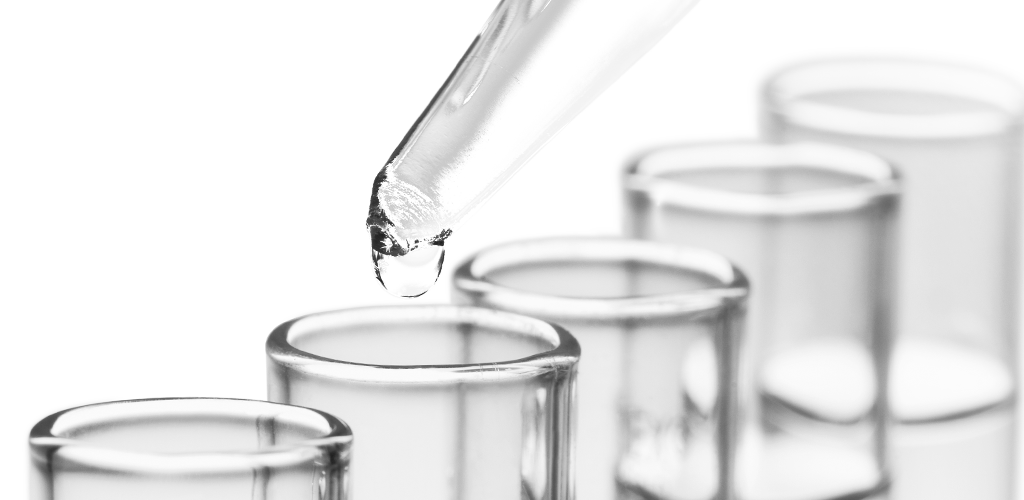General Haemostasis
Introduction
An average human body contains approx. 5 liters of blood. As a fluid organ, blood has numerous tasks to perform: Transportation (of nutrients, hormones and blood gases), buffer function (acid-base-balance), defense, wound healing and heat regulation. In case of accidents or vessel wall damage, it is therefore necessary to minimize the resulting blood loss as fast as possible. Alexander Schmidt (1831 – 1894) and Paul Morawitz (1879 – 1936) were pioneers in the clarification of the physiologic processes. The clarification of the molecular mechanisms were mainly achived during the 20th century. Davie and Ratnoff formulated a cascade theory that in principle is still valid, also when in the meantime it appears as if the intrinsic pathway plays only a minor part in the physiologic course of events.
The complete haemostatic system thereby contains
- Soluble and to cells bound factors (membrane proteins) of the coagulation and fibrinolysis
- Blood cells (erythrocytes, thrombocytes, leukocytes)
- Tissue walls
- Blood flow
The physiologic events after vessel damage can be subdivided into three processes:
- Vessel contraction
- Cellular haemostasis/primary haemostasis
- Plasmatic haemostasis/secondary haemostasis
Division of these events is made only for didactic reasons. By normal function, these processes are closely intertwined.
Primary Haemostasis
Following damage the collagen fibers of the basal membrane are exposed and blood passing the damaged site gets in touch with these and the platelets are thus activated and can adhere to the damaged site, change their form („shape change“) and secrete mediators. Important in this connection is the von Willebrand-factor, a soluble, high molecular plasma protein that together with fibronectin and laminin form a connection between collagen fibers and a certain plasma protein in the platelets (GP Ib/V/IX). The endpoint of the cellular haemostasis forms the platelet aggregation. This formation happens via fibrinogen bridges. The thus forming platelet plug („white thrombus“) is relatively instable and may be carried away by the blood flow. Stabilization is achieved during the secondary haemostasis. It is important for the initiation of this coagulation cascade that the activated platelets provide a corresponding (negatively charged) surface of the cell membrane phospholipids through an enzyme-controlled redistribution reaction (flip-flop mechanism).
Secondary Haemostasis
15 coagulation proteins are presently made responsible for the cause of the plasmatic coagulation. Most of these factors are according to their function enzymes that normally circulate in plasma as inactive preliminaries (zymogens) and not activated until the relevant activated factor in the stepwise haemostasis reaction activates it. The modern interpretation of the cascade reaction digresses from the idea of distinguishing between extrinsic and intrinsic activation of the haemostasis system. It is rather a question of three phases in the extrinsic system:
- During the initiation phase a complex of phospholipids (the surface of activated, adhered and aggregated platelets), Tissue factor (tissue thromboplastin that e.g. is found in the membrane of the adventitia) and factor VII/VIIa forms on the damaged site.
- Following this, factor X is activated to factor Xa. Together with factor Va the factor Xa can form traces of thrombin (factor IIa). These traces of factor IIa activate further platelets, the cofactors factor V and factor VIII and the proenzyme factor XI.
- This leads to the explosive amplification of thrombin formation. This large quantity of thrombin then generates fibrin from fibrinogen in a process of several steps. The change of fibrinogen to (soluble) fibrin monomers follows by cleaving off fibrinopeptide A. These fibrin monomers form non-covalent polymer fibrin. A further coagulation factor, the transaminase factor XIII finally binds the monomers covalently to a stable, three-dimensional net and thus closes the wound.

